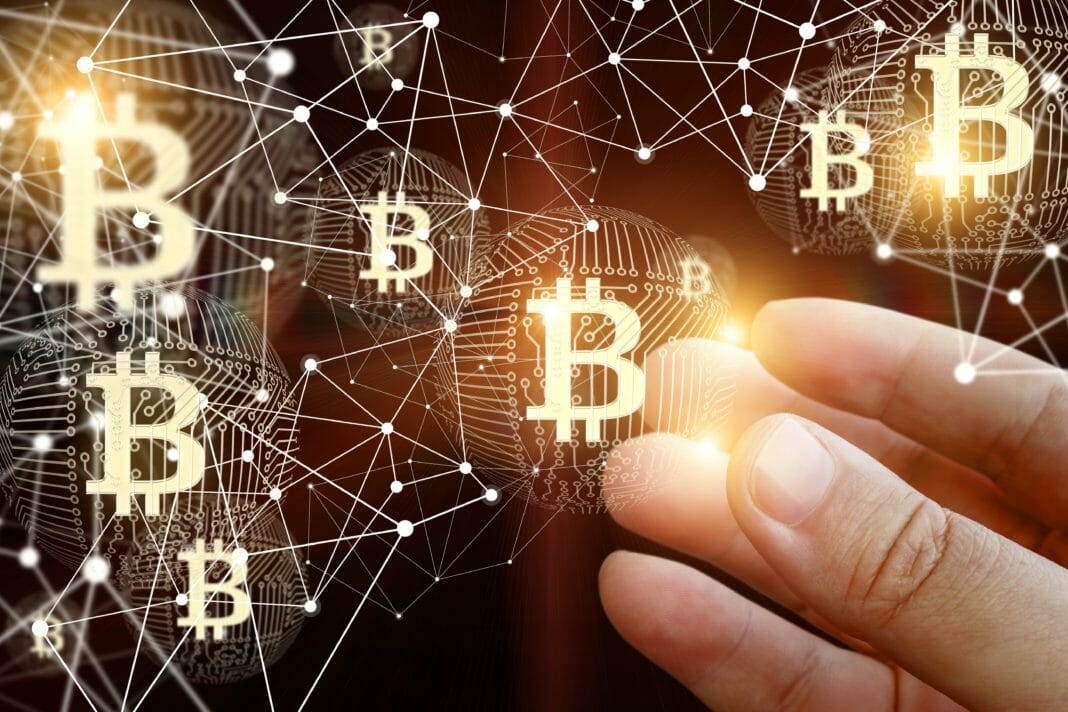The Bitcoin proof-of-work process consumes as much energy as the banking system and the entertainment industry, among other activities. As Greenpeace does not understand the principles of Bitcoin, they intend to make it change its way of issuing coins.
Greenpeace represents a community concerned about climate change and biodiversity protection in threatened regions. However, they use many questionable methods to express their ideas, as they demand that Bitcoin become decentralized and keep the transaction history intact.
The Sum of the Factors is Essential for Bitcoin
The Bitcoin Code does not belong to anyone, and it is possible to propose improvements through public and collective stake pool protocol. The free software concept serves as the basis for the network, and a growing number of programmers audit its development.
In addition to Bitcoin Core, some people develop other Lightning Network-like clients to run Bitcoin. Greenpeace could promote using the latter to make Bitcoin more ecological since it consumes almost no energy.
Owners of Exchanges and Mining Farms
The owners of exchanges, mining farms, or mining pools do not control Bitcoin either. If they wanted to use their power, they could manipulate the market with sell-offs or threaten miners to shut down their equipment. The repercussions on the price of Bitcoin could be disastrous in both cases.
It is absurd to convince them to turn off their valuable machines at the whim of a group that does not have enough arguments. Greenpeace cannot expect people to throw away their computers overnight.
Proof of work (PoW), criticized by that environmental group, reduces the possibility of harming the system. In general terms, this mechanism avoids the centralization of powers and allows the participation of anyone in Bitcoin mining.
Introducing the Bitcoin project, Satoshi Nakamoto had to explain how proof of work was better at preventing attacks on the system. The first objective of this mechanism is to regulate the activity of miners as transaction validators.
Proof of Work Is the Cornerstone of Bitcoin
Any miner has the same opportunities as the rest to control the issuance of cryptocurrencies. In other words, nobody can get unlimited Bitcoin, and the only way to get the rewards from the network is to invest in energy.
Proof-of-work mining uses electrical power as it is one of the few resources that does not come from a central authority. Someone wanting to attack Bitcoin would have to spend so much electricity that it would be economically unsustainable, not counting the necessary equipment.
As for proof of stake (PoS), the transaction validators who own the most coins earn the right to mine Bitcoin. This Greenpeace proposal seems contrary to the decentralized spirit of Bitcoin since it would privilege only those who have accumulated more cryptocurrencies.
Bitcoin Consumes Electric Power for Logical Reasons
Participating in Bitcoin mining is very hard with proof of work, but it facilitates communication between the nodes that validate transactions. For that reason, this mechanism causes the participants to consume a lot of energy, betting on the highest number of computational attempts.
Greenpeace argues that proof of work consumes a lot of energy, but several studies agree that the percentage does not reach 1%. The traditional banking system and the entertainment industry, among others, consume much more electricity for their operation.
By Alexander Salazar











